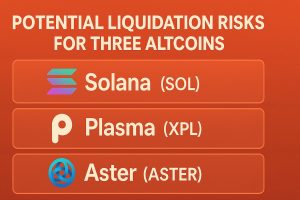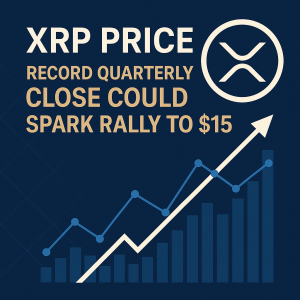When it comes to acquiring a vehicle, consumers often face a crucial decision: whether to lease or buy. Each option comes with its own set of advantages and drawbacks, making the choice highly dependent on individual financial circumstances, lifestyle preferences, and usage patterns. As the automotive market continues to evolve, understanding these key differences can help consumers make informed decisions that align with their long-term goals.
Market Impact: The Current Landscape
In recent years, the automotive industry has seen significant shifts, influenced by factors such as changing consumer preferences, advancements in technology, and fluctuating economic conditions. The leasing market has shown considerable growth, particularly among younger consumers who tend to prefer lower monthly payments and the latest models. According to a report from the National Automobile Dealers Association (NADA), approximately 32% of all new vehicles were leased in 2022, marking a steady increase from previous years.
Conversely, the option to buy remains attractive for many, particularly in an environment of rising interest rates. According to Experian’s recent data, the average loan term for new cars reached a record 70 months in 2023, reflecting a growing trend towards long-term financing. This indicates that consumers are increasingly seeking ownership, even if it requires committing to longer payment periods.
Leasing: Advantages and Disadvantages
Leasing a vehicle typically offers lower monthly payments compared to purchasing, making it an appealing choice for budget-conscious consumers. Additionally, leased vehicles often come with warranties that cover the duration of the lease, alleviating concerns over repair costs. This can be particularly beneficial for individuals who prioritize driving a new vehicle every few years, as leases usually last between 24 to 36 months.
However, leasing does come with its restrictions. Most lease agreements impose mileage limits, often ranging from 10,000 to 15,000 miles per year, and exceeding these limits can result in costly fees. Furthermore, consumers who lease do not build equity in the vehicle, meaning they won’t have any ownership stake or asset to show for their payments once the lease term ends.
Buying: The Case for Ownership
Purchasing a vehicle outright provides several long-term benefits that leasing cannot match. When consumers buy a car, they own it outright once the financing is paid off, giving them the freedom to drive it as they please without concerns about mileage limits or wear-and-tear fees. Additionally, once the loan is paid off, owners can significantly reduce their transportation costs, benefiting from years without monthly payments.
Owning a vehicle also allows consumers to customize their cars and maintain them according to their preferences. However, the initial costs associated with purchasing can be substantial, including larger down payments and higher monthly loan payments. This can be a significant consideration for consumers with tighter budgets.
Expert Opinion: Aligning with Financial Goals
Industry experts recommend considering personal financial goals when deciding between leasing and buying. “It’s essential to evaluate your own financial situation and transportation needs,” says Mark Johnson, a financial advisor specializing in automotive finances. “If you value flexibility, frequent upgrading, and lower short-term payments, leasing might make sense. However, if you prefer a long-term investment and the ability to own your vehicle outright, buying is likely the better option.”
Additionally, consumers should factor in the overall cost of ownership, which includes insurance, maintenance, fuel, and taxes. While leasing may appear cheaper on a month-to-month basis, the cumulative costs can diverge significantly over time, particularly for those who plan to keep their vehicles long after they’ve paid off the loan.
What’s Next: Making an Informed Decision
As consumers weigh their options in the face of an evolving automotive market, it’s essential to conduct thorough research and understand the implications of both leasing and buying. Engaging with financial professionals or utilizing online cost calculators can provide valuable insights tailored to individual circumstances.
Ultimately, the decision between leasing and buying a vehicle should align with personal finances, lifestyle needs, and long-term objectives. With careful consideration and informed choices, consumers can navigate the complexities of vehicle acquisition to find a solution that best suits their unique situations.







